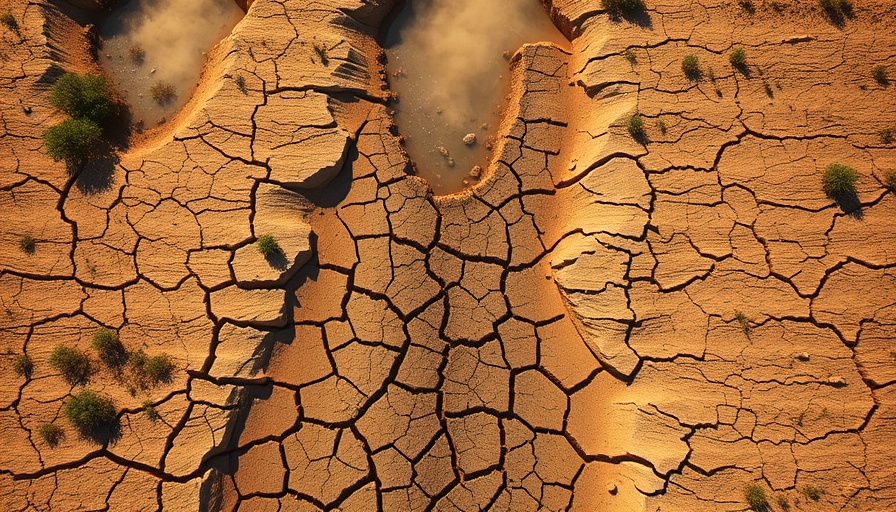
Understanding Texas' Water Supply Challenges
The recent approval of a bill by a Texas Senate panel marks a significant step in addressing the state's growing water supply crisis. Texas, known for its expansive landscapes and rapid growth, has seen increasing demand for water, worsened by climate variations and an expanding population. The need for sustainable water management practices has never been more critical.
This legislative measure is designed to tackle a long-overdue issue that has left many communities facing potential shortages. With projections indicating that the state’s demand for water could exceed supply by 2040, immediate action is essential to preserve this vital resource.
Historical Context: Texas and Water Rights
Water rights in Texas have a storied past, often marked by conflict and negotiation. The state operates under a unique water law system based on prior appropriation, meaning that ties to water use are often established by first-users. This historical framework impacts current legislative efforts to improve water infrastructure and manage resources effectively. Understanding this background is crucial for citizens as it shapes the landscape in which today’s water policy decisions are made.
Why This Water Bill Matters Now
The urgency of the water crisis cannot be overstated. With the population in cities like Dallas projected to grow significantly, the demand for water is pressing against the limits of existing supply. The newly approved legislation aims to bolster local water source development and infrastructure improvements to ensure that communities can adapt to changing water needs.
Comparative Analysis: Water Management in Other States
Several states across the U.S. face similar water supply challenges, prompting proactive measures that Texas could learn from. For instance, California has implemented strict water conservation laws to handle its own severe drought conditions. Texas could adopt similar practices, focusing on community-based initiatives that promote responsible water use—an area worth exploring as the state's legislation evolves.
Future Insights: What Lies Ahead for Texas Water Supply?
As climate change continues to impact weather patterns, water scarcity is expected to worsen. Experts predict that without concerted effort, the challenge of balancing supply and demand will only intensify. The recent legislation not only seeks to mitigate current shortages but also prepares Texas for future challenges. Whether this bill is merely a stop-gap measure or a part of a larger, more sustainable strategy remains to be seen.
Practical Insights: Steps for Individuals
While legislative changes are crucial, individuals also have a role in conserving water resources. Simple actions such as fixing leaks, optimizing lawn irrigation, and using water-efficient appliances can contribute significantly. Awareness and community engagement in water-saving measures help build a culture of conservation that complements legislative efforts.
The Emotional Impact: Water as a Life Source
Water is not only an essential resource for survival; it also connects communities. The reality of potentially facing water shortages evokes anxiety and concern among residents. By fostering discussions around water sustainability, legislators and community leaders can help ease these fears, emphasizing that the state is taking action to secure a future where access to clean water is guaranteed for generations to come.
As the situation develops, Texans must stay informed on legislative decisions regarding water management. Engaging in local conversations, attending town halls, and contributing to discussions will ensure that the community’s voice is heard. Be proactive in advocating for sustainable practices that protect this irreplaceable resource.
 Add Element
Add Element  Add Row
Add Row 



 Add Row
Add Row  Add
Add 


Write A Comment